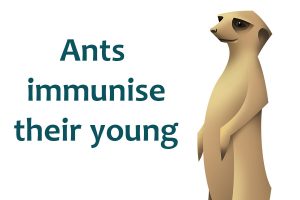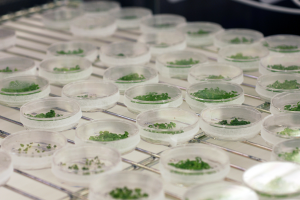
As I’ve mentioned before, living in a large densely-packed social group, like a city or an ant colony, comes with some drawbacks – perhaps worst of which is the risk of catching a contagious diseases. Earlier this year I wrote about research showing that raider ants treat injured workers’ wounds, helping them to heal. Now, a new study shows that the queen can pass on resistance to diseases she’s encountered, arming her workers against pathogens.
Continue reading



